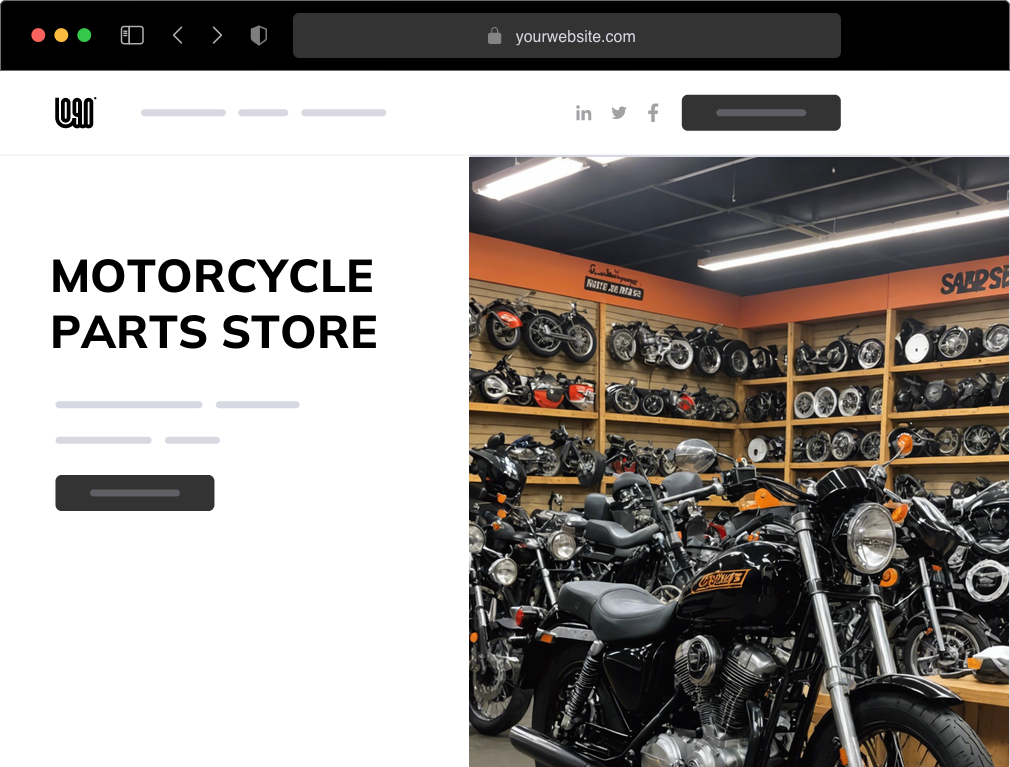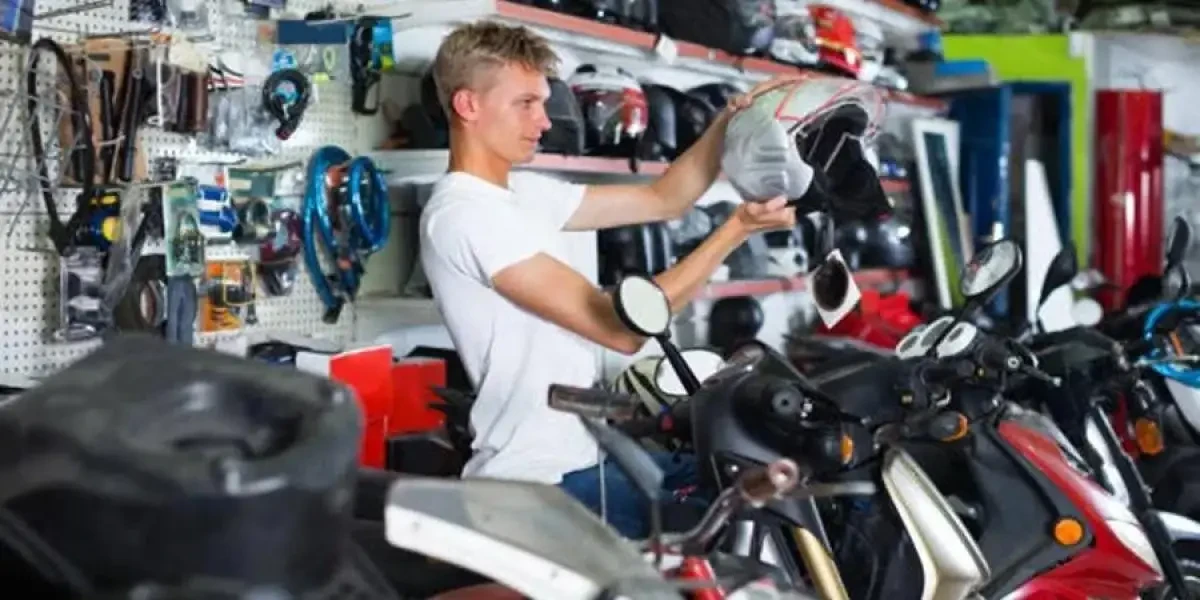Crucial Motorcycle Parts NZ for Peak Performance and Safety And Security
Crucial Motorcycle Parts NZ for Peak Performance and Safety And Security
Blog Article
A Detailed Take A Look At Motorbike Components: What Every Biker Ought To Know
An extensive understanding of bike components is not simply valuable however crucial for any type of rider aiming to take full advantage of efficiency and safety. Each element, from the engine's detailed workings to the reliability of brake systems, plays a critical duty in the general experience and capability of the bike.
Understanding the Engine
The engine, often considered the heart of a motorcycle, is a complex assembly of parts that operate in consistency to transform fuel right into activity. At its core, the engine's primary feature entails the combustion process, where air and gas mix and stir up within the cyndrical tubes, leading to controlled explosions that drive the pistons. These pistons move up and down, converting chemical power right into power, which subsequently transforms the crankshaft, inevitably powering the bike.

Recognizing the complexities of a motorbike engine is important for bikers and lovers alike. It not just offers insight right into how bikes accomplish their excellent power and speed but additionally help in effective maintenance and troubleshooting, guaranteeing long life and reliability when traveling.
Suspension Systems
While the engine powers the motorbike, the suspension system plays an important function in making certain a controlled and smooth trip. The suspension system is liable for soaking up shocks from the roadway surface, maintaining tire contact, and providing security throughout cornering and braking. It consists of two major components: the front forks and the rear shock absorbers.
Front forks are generally telescopic, including a spring and moistening mechanism. The springtime presses and extends to soak up bumps, while the dampening device manages the movement to avoid extreme bouncing. This mix ensures the front wheel remains in contact with the road, supplying remarkable handling and convenience.
The rear suspension, commonly a monoshock or twin-shock configuration, functions in a similar way to the front suspension yet is customized to sustain the motorbike's weight and biker - motocross gear. It handles rear wheel activity, contributing to the bike's total balance and responsiveness
Suspension systems can be flexible, enabling riders to tweak preload, compression, and rebound settings according to personal choices and riding problems. This adjustability boosts efficiency by enhancing the motorcycle's interaction with diverse terrains. In summary, an effective shock absorber is important for rider convenience, safety, and the bike's taking care of prowess.
Brake Components
Stopping power is a fundamental facet of bike security, and it pivots on the efficiency of the brake elements. The key aspects of a motorbike's braking system consist of the brake pads, calipers, rotors, and master cylinder. motocross gear nz. Each of these parts plays a critical duty in making sure efficient braking efficiency
Brake pads are important as they create the required rubbing against the blades to decrease or quit the bike. Constructed from materials such as sintered steel or natural compounds, the selection of brake pad product dramatically influences efficiency and long life. Calipers, housing the brake pads, apply stress to the pads when the brake lever is engaged, assisting in contact with the blades.
The blades, usually made from stainless-steel or actors iron, are mounted to the wheels and act as the surface area against which the brake pads press. Their layout, consisting of size and density, affects warm dissipation and quiting power. The master cyndrical tube, linked to the brake lever, generates hydraulic stress sent through brake lines to the calipers, guaranteeing constant braking pressure.
Normal maintenance and inspection of these parts are essential for optimal efficiency, preventing wear and guaranteeing motorcyclist safety on the road.
Tire Essentials
Beyond keeping robust stopping systems, making certain optimum tire performance is equally substantial for bike security and effectiveness. Tires are the sole contact factor between the motorcycle and the roadway, making their condition crucial in taking care of, security, and general trip top quality. Selecting the suitable tire kind is critical, as it directly affects traction and efficiency. Alternatives range from visiting to sporting activity tires, each created to fit certain riding designs and conditions.

Check the sidewall for the DOT (Division of Transportation) code to determine the tire's age. Investing focus in these tire basics not just optimizes performance but additionally considerably boosts riding safety and security.
Electrical Solutions
In the realm of bike upkeep, the electrical system plays a critical function in guaranteeing reliable performance and motorcyclist security. This complex network includes necessary components such as the battery, alternator, starter electric motor, and circuitry harness. Each component is vital for the smooth operation of the motorbike, from ignition to lights and communication with different sensors.
The battery serves as the heart of the electric system, supplying the required power to begin the engine and run accessories. Frequently checking the battery's voltage and terminals for rust is important to avoid unexpected failures. The alternator, on the other hand, recharges the battery while the engine is running, making sure a constant power supply.
The starter visit motor is liable for initiating engine operation, converting electric power into mechanical energy. To keep it, bikers should take notice of any kind of uncommon noises or problems throughout startup. Meanwhile, the wiring harness serves as the vehicle's worried system, linking all electrical elements. Ensuring that the cords are undamaged and cost-free from damages is essential for making certain and stopping short circuits performance.
Conclusion

Stopping power is an essential element of motorcycle security, and it hinges on the effectiveness of the brake components. The key aspects of a motorcycle's stopping system consist of the brake pads, calipers, rotors, and master cylinder.Brake pads are important as they create the necessary friction versus the blades to slow down or quit the motorcycle.Beyond preserving robust stopping systems, making certain optimal tire efficiency is similarly considerable for bike safety and security and effectiveness.In the realm of motorcycle maintenance, the electric system plays a critical function in making sure dependable efficiency and cyclist security.
Report this page